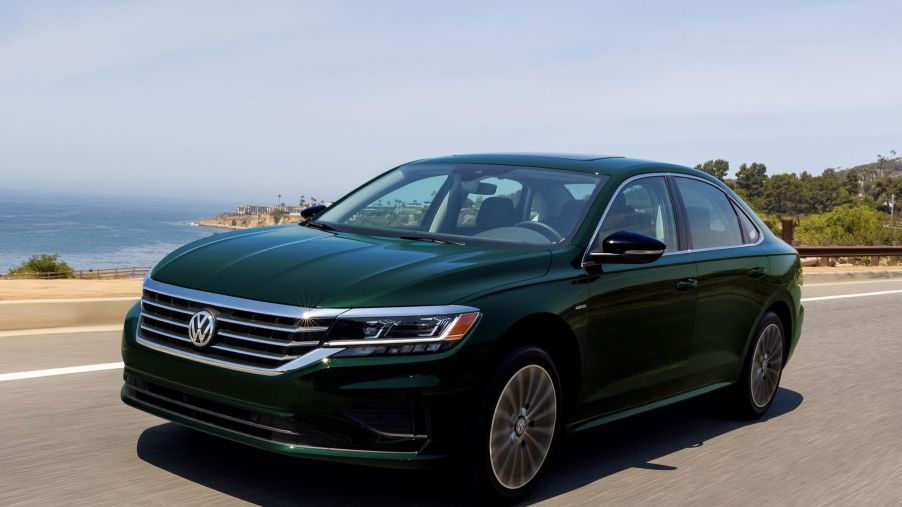
History Proves the VW Move to Premium EVs is Doomed
Volkswagen announced today that it is moving upstream to the premium segment for its expanding electric vehicle lines. This is partly because there is more profit in loaded vehicles. But as you’ll see, when a car group starts expanding into segments established by brands within the group, it spells certain doom. Either for the expanding brand like VW or those on either side of it.
How many brands are in the VW Group?
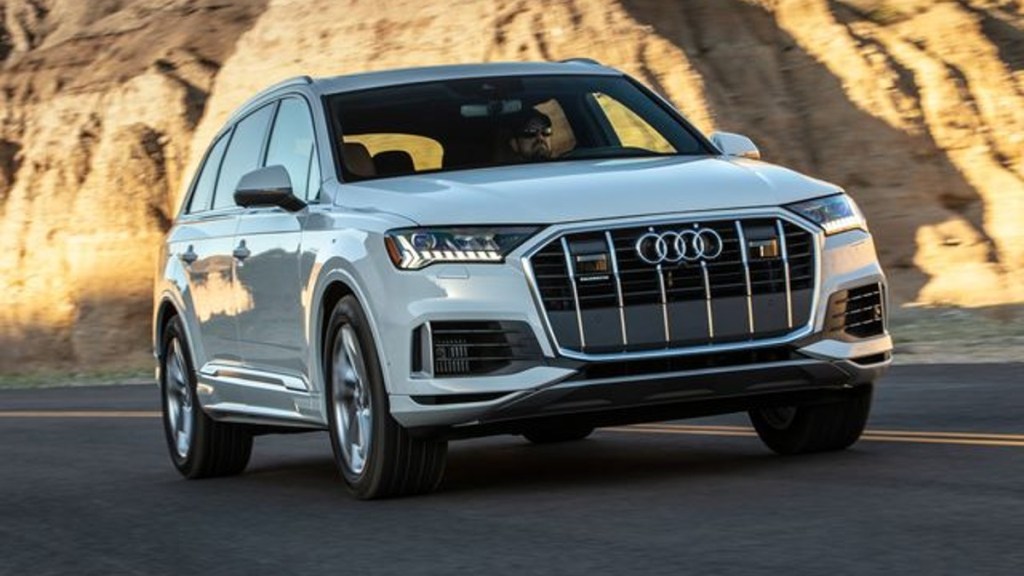
There are a gang of brands under the Volkswagen Group umbrella. In no particular order, it counts Volkswagen, Volkswagen Commercial, Skoda, Seat, Cupra, Audi, Lamborghini, Bentley, Porsche, and Ducati. More specifically, the brands that bump into VW are Skoda on the budget side and Audi on the premium side.
So, within the VW group, Audi covers the premium end of vehicle production, before you get into Bentley territory. But VW has established this week that it intends to move into that category. So the question is, “What does Audi cover that VW can’t by eeking into this segment?”
It reminds us of the decades of similar moves that have proven disastrous for the car company encroaching on sister brands. Should we start with the most recent, or the earliest example, because there are so many of them to dissect? Let’s start with the creator of the tiered price model; GM
How does the VW Group’s shift relate to past corporate moves?
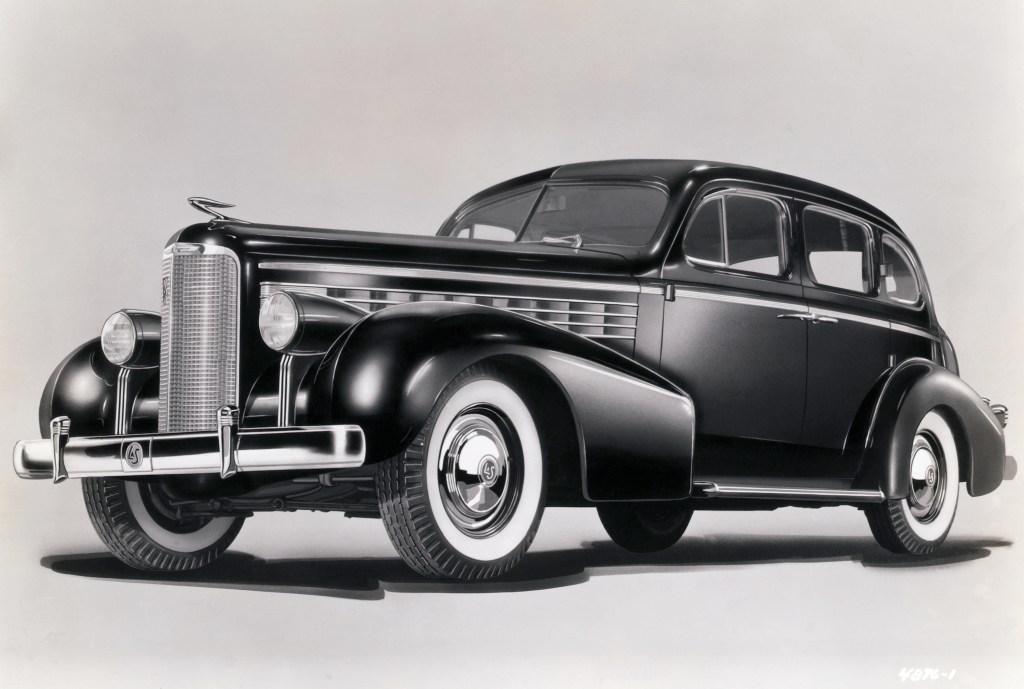
Alfred P Sloan came up with the hierarchy that became General Motors. The theory was that a person or family beginning their journey through life would start with the budget-minded Chevrolet. As they moved up financially, they would graduate to the sportier Pontiac brand, then Oldsmobile, Buick, LaSalle, and finally Cadillac; the standard of excellence.
Each division was careful to price itself within the parameters set by the division on either side of it, within the corporation. This hierarchical structure worked well in the 1920s and 1930s. But as Cadillac groped for more market share, it started encroaching into the lower-priced LaSalle segment.
Soon, LaSalle was squeezed between Cadillac above, and Buick, just under. By 1940 there was no reason for LaSalle to exist. This was revealed by sales, which tanked in 1939 and 1940, which was LaSalle’s last year of production.
Packard did the same thing as VW but in reverse
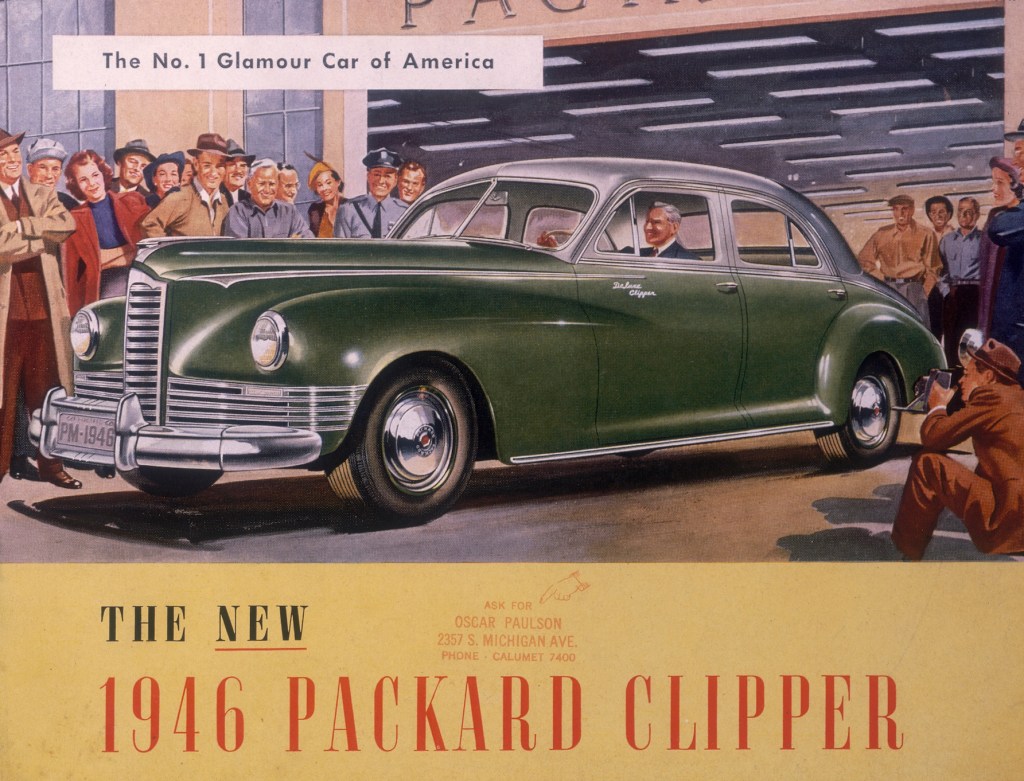
Want more? Packard was the ne-plus ultra of car manufacturing. It was considered a notch above Cadillac, and politicians, entertainers, and the famously rich flocked to it. But in the late-1930s, it started moving downmarket with its Clipper brand to capture the segment dominated by Chrysler, Buick, and Hudson. But the Clipper was just a less opulent Packard, and buyers saw that.
It proved to be a bad move as Packards were cheapened with the choice of a Packard Clipper. There were many other problems that surfaced in the 1950s that ultimately doomed Packard, but this move by the company certainly added to its demise.
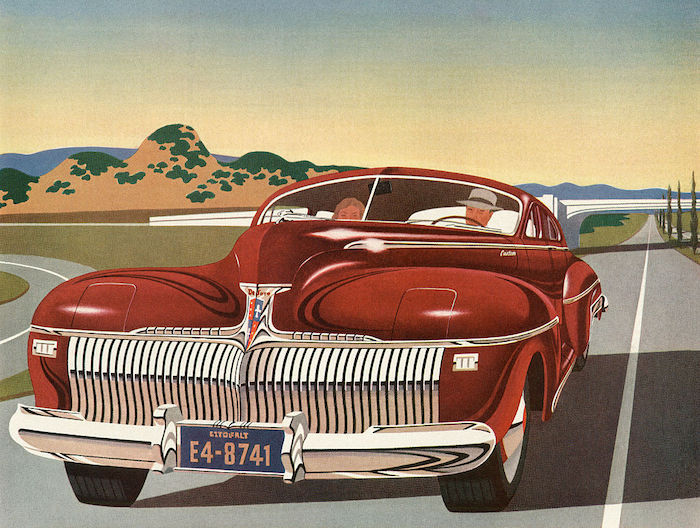
Chrysler Corporation did the same thing to DeSoto. That brand was positioned between Dodge and Chrysler, which at that time was the luxury brand, only superseded by the periodic Imperial brand. As Chrysler went lower in the early 1960s, it squeezed DeSoto. When the Chrysler Corporation needed an organization to propel the new Plymouth Valiant compact model in 1960, it shifted DeSoto’s organization to that cause. Though DeSoto made a few 1961 models, it was toast before the calendar year 1961.
VW Group should look at what Ford did to Mercury
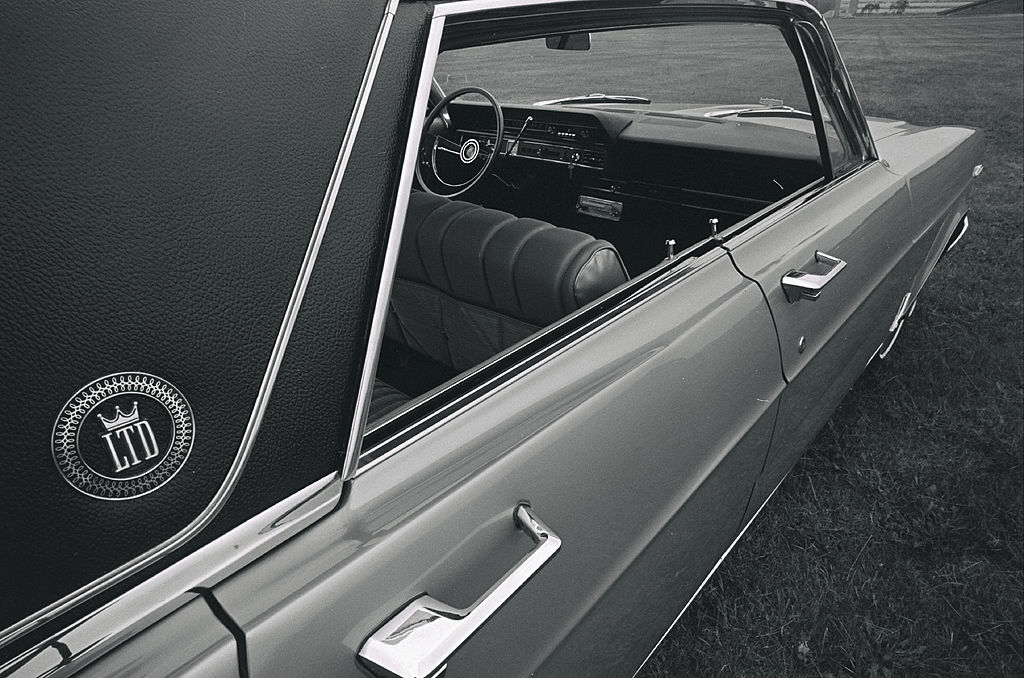
Ford did the same thing to Mercury, but it took longer to take effect. In 1965 Ford debuted the LTD. This was a Ford sedan loaded up with every conceivable option available to Ford Motor Company. Basically, it took everything from the premium brand Mercury and added it to the LTD. It began the weakening of the Mercury brand, which finally gave up competing with sister Ford in 2011.
Plymouth became irrelevant as Dodge comingled its models with Dodge in an attempt to avoid lawsuits from Plymouth dealers. This was because these dealers have contracts with Chrysler Corporation. The company couldn’t just kill Plymouth. So it dragged it along while giving Dodge the same models but differentiated with a Dodge insignia. Plymouth was defunct in 2001.
So as you can see, the move that the brain trust at VW has declared could have dire consequences for Audi. Only time will tell.



